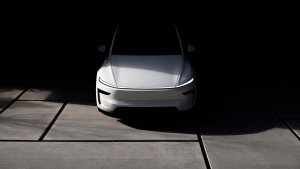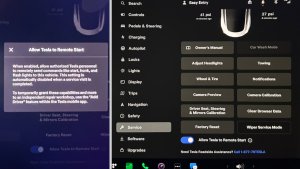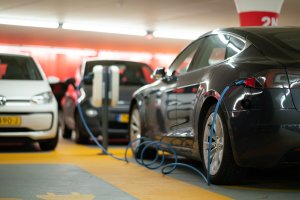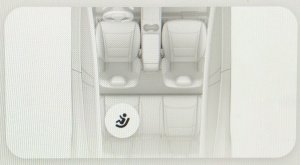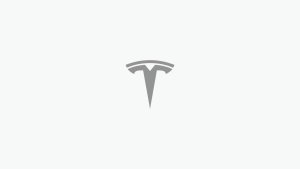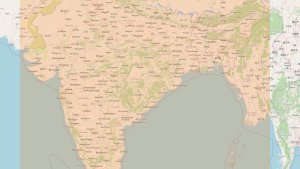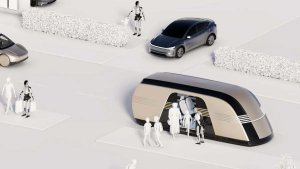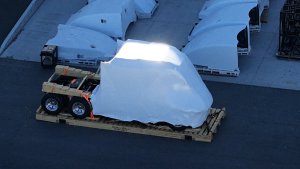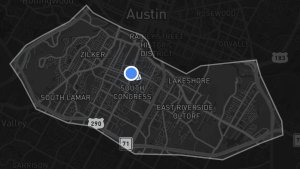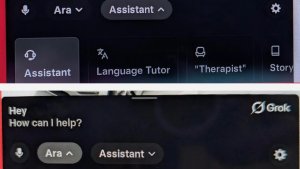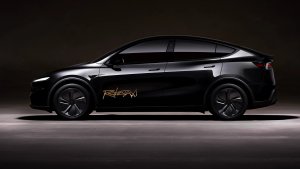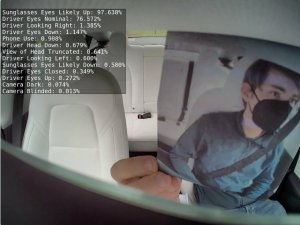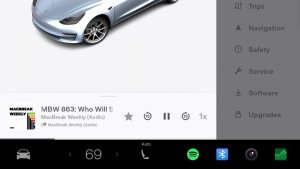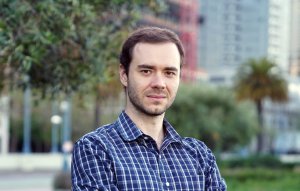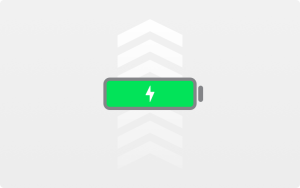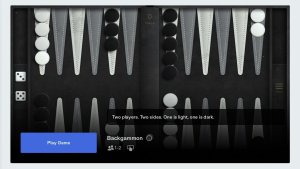Tesla discusses robot, FSD, Cybertruck, 4680 batteries during earnings call
Tesla had an earnings call on Wednesday, January 26th, 2022. Elon Musk and Tesla had a lot to say.

Tesla had a record-setting year in 2021, and they expect to increase production and sales by 50% in 2022. By intelligently designing their manufacturing process, they’ve managed to achieve a fourteen percent profit margin.
Elon Musk mentioned during the call that even though they produced a record number of cars and sales, in 2021, they were constrained by the chip shortage. They could have produced more cars if they’d had more chips. Musk commented that the chip shortage would probably be alleviated by the end of 2022 because of new chip factories scheduled to come online this year. Once the chip shortage is alleviated, the limiting factor for Tesla will be the availability of batteries.
Musk said that they produced this record-setting number of cars with just two factories, Giga-Shanghai and the Fremont factory. These factories could produce more cars this year, but the focus of Tesla will be on ramping up mass production at the Giga-Texas and the Giga-Berlin factories. It will help make deliveries more efficient if cars destined for Europe can be made in Europe instead of Shanghai and if cars for the eastern US can be made in Texas instead of California.
Over the course of time, Musk predicted that eventually, FSD would be Tesla’s most profitable product. He also predicted that FSD would be finished this calendar year. On the other hand, Musk also said, during another part of the meeting, that the Tesla robot, Optimus, would be their most profitable product.
Speaking about Optimus, the robot, Musk said that Tesla would be the first customer for the robot. They’d be used in the factory. Frankly, I don’t think Tesla employees have much to worry about with respect to robots taking over their jobs.
The reason I say this is that the AI that listens to my voice commands in my Tesla doesn’t understand most of what I say to it. You might say, “Henry, that’s your fault because you didn’t memorize the list of approved voice commands. But because Optimus is shaped like a human being, we’re going to expect more intelligence than we expect from our cars. But there’s no actual reason that a car should be any less intelligent than a humanoid robot. In any case, I don’t expect that factory workers need to worry about being replaced by humanoid robots any time soon.
Musk did make an interesting comment during the earnings call when talking about Optimus replacing human labor. It sounded like an afterthought rather than a part of his prepared remarks. He commented on the fact that there’s a labor shortage and that robots could take up the slack to keep the economy going. He also said that he didn’t know what the economy would look like once robots took over. I don’t know, either.
Getting back to FSD, Musk is making FSD quite expensive. At the moment, it costs twelve thousand dollars. Fortunately, you don’t need it. Autopilot is included with each Tesla, and Autopilot has all the safety features.
Musk said that he believes FSD will be safer than a human driver by the end of this calendar year. I hope he’s right. Right now, FSD doesn’t slow down properly for sharp curves or corners. It also doesn’t respond properly to situations where there’s construction and traffic is responding to flaggers alternating traffic into one lane. You have to take over manually in that situation. And FSD doesn’t notice those pesky No Right Turn on Red signs. So it tries to turn right on red signals at intersections where that’s not legal.
Tesla is not planning on ramping up any new vehicles in 2022. They’re getting ready to ramp up the Cybertruck and the Semi, but they’re not going to actually do it until after the chip shortage is over and the battery shortage is over. 4680 battery cells are going to start being placed in Model Ys coming from the Giga-Texas factory. Once the 4680s ramp up, they’ll be moved into cars in the other factories along with the structural battery packs.
That structural battery pack will require batteries that last as long as the car, and Teslas are supposed to last for a million miles. The structural battery pack is welded into the car’s structure, and the battery cells are permanently glued with epoxy into the battery pack.
A question was asked about the twenty-five thousand dollar car. Musk said that Tesla isn’t working on that project at this time, but it’s “on the docket.”
Another question was raised about whether Tesla will apply what it learned about heat pumps in cars to home heating and cooling systems. Nothing was said during that discussion about the recall of all the cars with heat pumps. Musk said that energy conservation is part of Tesla's mission so he does, eventually, want to apply Tesla's expertise about heat pumps to home heating and cooling.
An interesting question was raised about FSD being attached to the car or to the buyer. The questioner thinks it’s attached to the car, but that it should be attached to the buyer. Actually, in some cases, FSD disappears when the buyer sells the car. Musk is not planning on changing that.
Musk expects significant improvement of FSD to occur this year. He said that he’d be shocked if FSD didn’t become safer than a human driver this year.
Tesla insurance is being offered in five states. The people who benefit from it are the ones with excellent safety scores. If you like driving in “Driving Miss Daisy” mode, get a quote from Tesla Insurance. Tesla will give you a discount only if your safety score is truly excellent.
Cyber Truck. Not yet. Be patient.
Energy Storage is going forward with lithium iron phosphate (LFP) batteries. These are heavier than nickel-based lithium batteries, but they’re cheaper and they last longer. That’s fine for battery packs that stay in one place and store wind or solar electric energy.
Twitter user @DBurkland put together this excellent outline of the earnings call.
Opening remarks from Elon
- Above 50% growth expected in 2022
- Overtime Tesla believes FSD to be most profitable offering from Tesla
- Elon still believes they will achieve FSD at a level safer than a human being by end of 2022
- Value of vehicles expected to dramatically rise more than any other product in history thanks to FSD
- More products to be announced in subsequent calls
- Scaling & output big focuses for Tesla in 2022
- If Tesla were to introduce new vehicles they determined that overall output would decrease so 2022 was focused on supply chain optimization & production
- No new vehicles will be introduced in 2022 as they will continue to be parts constrained
- Optimus is new robot product and hope is to bring new vehicles and products to market in 2023
- Dependent on if they can produce more or less cars
- Robot has the potential to be more significant to be bigger than vehicle business over time
- 4680s
- Focus on production of 4680s
- 4680s are not a constraint on volume plans for 2022
- Plan is to deliver first 4680 vehicles in Q1
- Big focus is to ramp production of 4680s and improve quality
- Tesla expects to continue to be chip limited in 2022 and alleviate in 2023 and then Tesla expects to then be constrained by battery cell limitations
Q&A
- $25k Car - Tesla is not currently working on this however it’s on the docket.
- Elon thinks autonomy will be the big answer to transportation instead of a more affordable EV.
- Home HVAC - Tesla views this as part of their mission and will address this problem someday.
- Easier problem then to solve when HVAC system is in a house vs a vehicle (not space constrained)
- Confident they can integrate this better than anybody else has before
- FSD
- Elon believes adding more licensing types for FSD is too complex and will instead focus on lowering costs for transportation overall
- Expects big gains to be made with robotaxi in terms of value
- Some significant advancements in FSD stack coming in next few months
- Elon will be shocked if they do not achieve FSD being safer than a human driver by the end of 2022
- Dojo
- Will be brought online this summer and then it will be a question of how long until it is more useful for training than a GPU cluster
- Elon is waiting for GPU team to tell him Dojo is more powerful before shutting down GPU cluster
- He expects Dojo to surpass GPU cluster power in 2023
- Dojo is not required for FSD however it will be important in terms of cost optimization of training from video clips
- Tesla Bot (Optimus)
- Tesla expects first use of the bot will be in their factories, first with simple tasks like moving parts around
- Tesla Insurance
- Currently offered 5 states in the US
- Pushing California hard to allow for informatics insurance
- Based on Texas, Tesla Insurance has a high take rate and customers appreciate the feedback loop
- As Teslas continues with their state-by-state rollout they plan to turn their focus to Europe in late 2022
- CyberTruck
- Not factory constrained to achieve CyberTruck volume production
- Biggest issue is making CyberTruck affordable despite having awesome technology
- Goal is still to achieve 250,000 units per year
- Energy Storage
- Elon believes all energy storage use cases will use non-nickel batteries go forward
- Plan is to ramp however supply chain constraints are still top of mind and will limit growth in near term
- Overall Production
- Goal is to produce as many cars as possible and Tesla is confident they can hit their growth goals without introducing a $25k car at this time
- 10,000 unique parts per car so it is important to continue to drive simplification to reduce possible supply chain constraints
- Batteries
- 4680 form factory is being worked on by both Tesla and their partners
- Main focus is to drive down cost and increase efficiencies
- Not everything has to be 4680 according to Drew
You can also find this outline on DBurkland.com.
Complete Earnings QA
You can listen to Tesla's complete earnings call below.











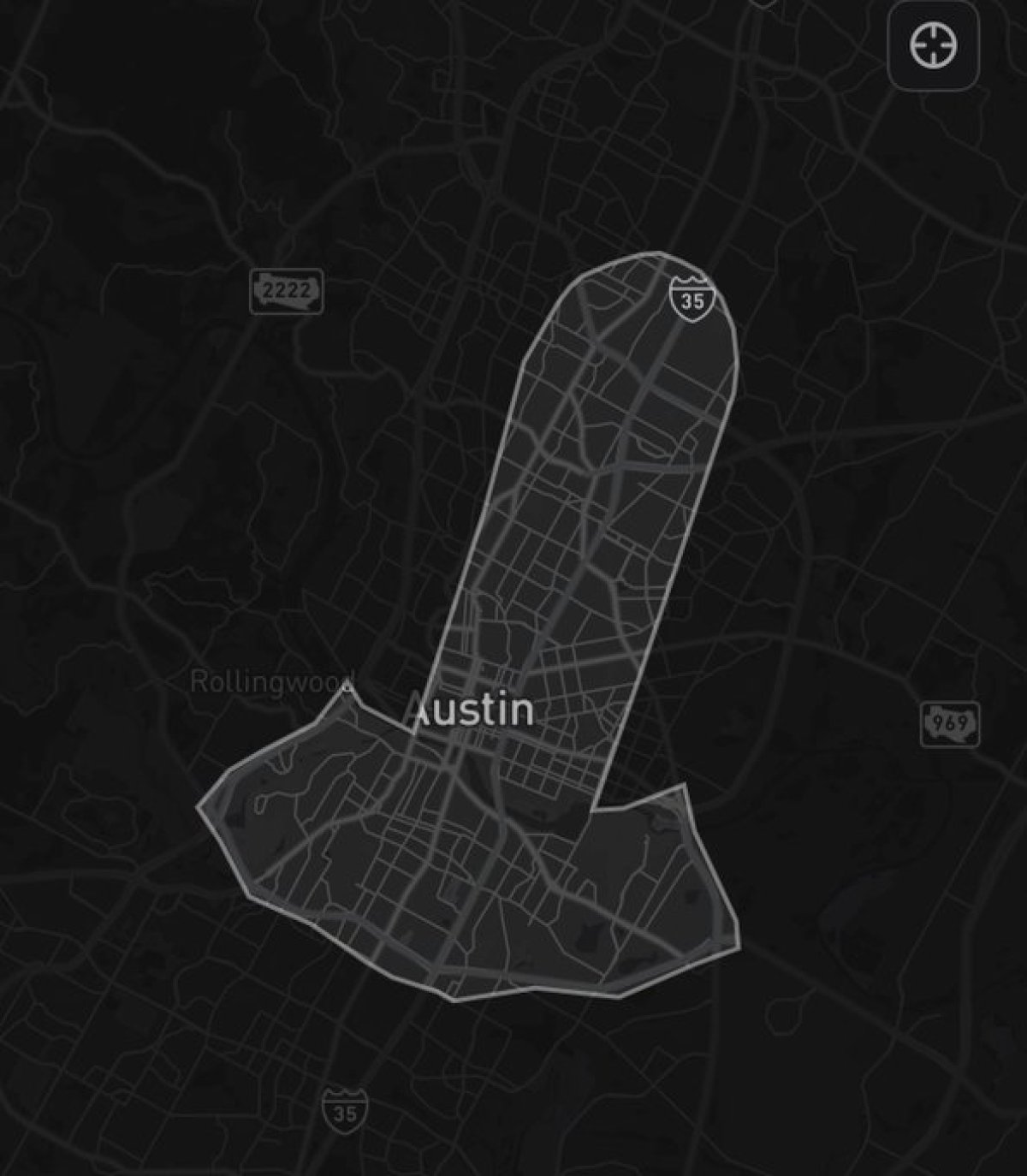
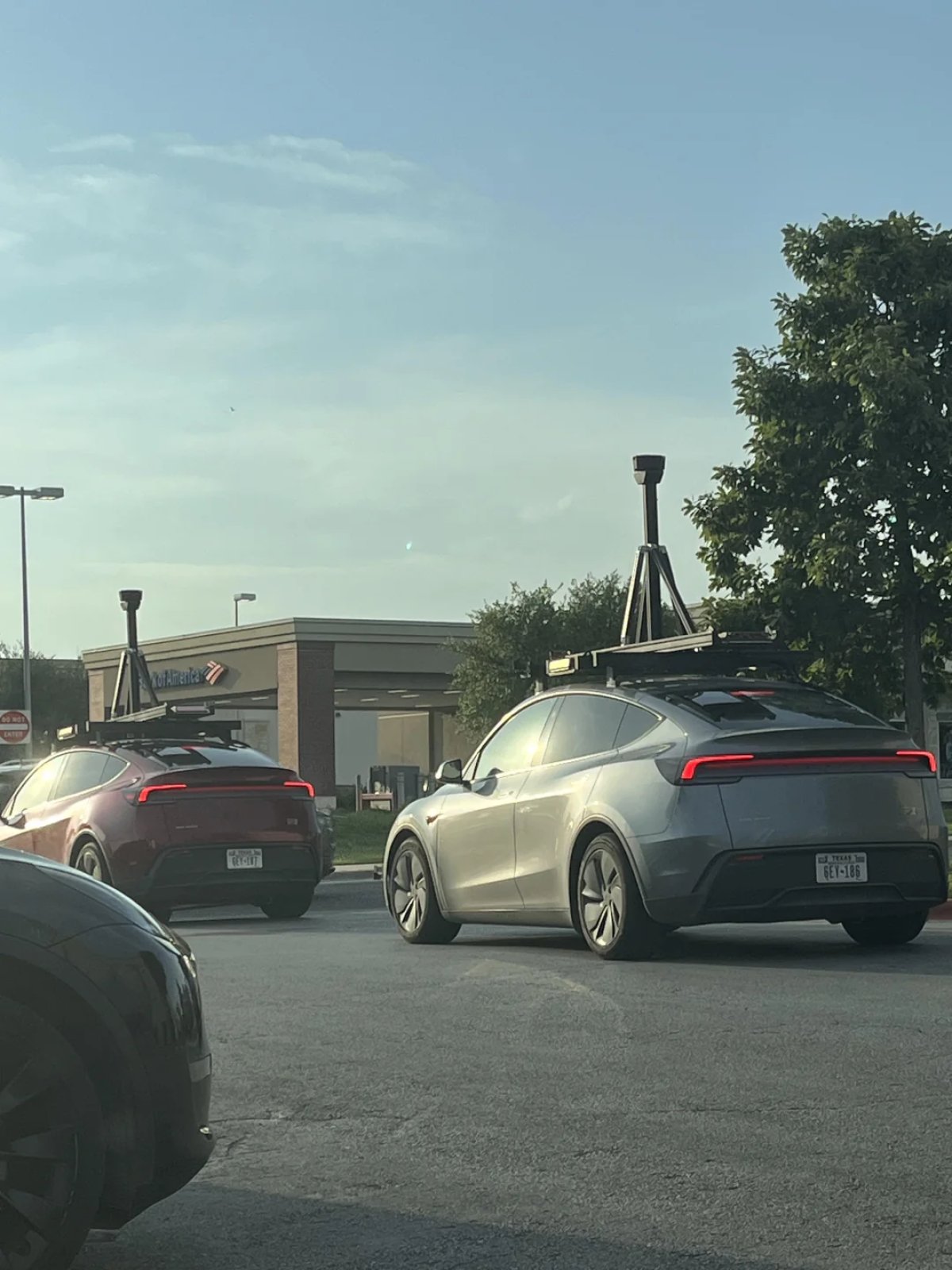
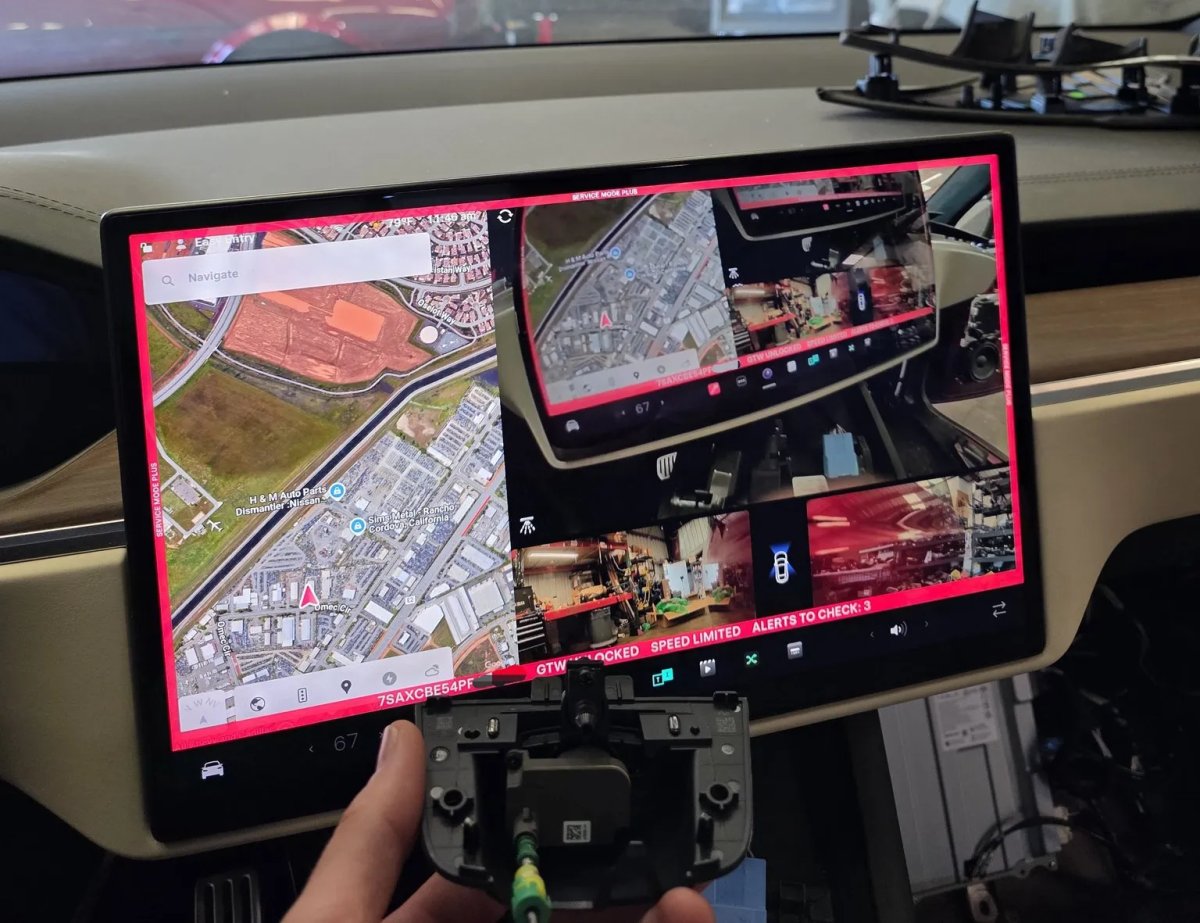
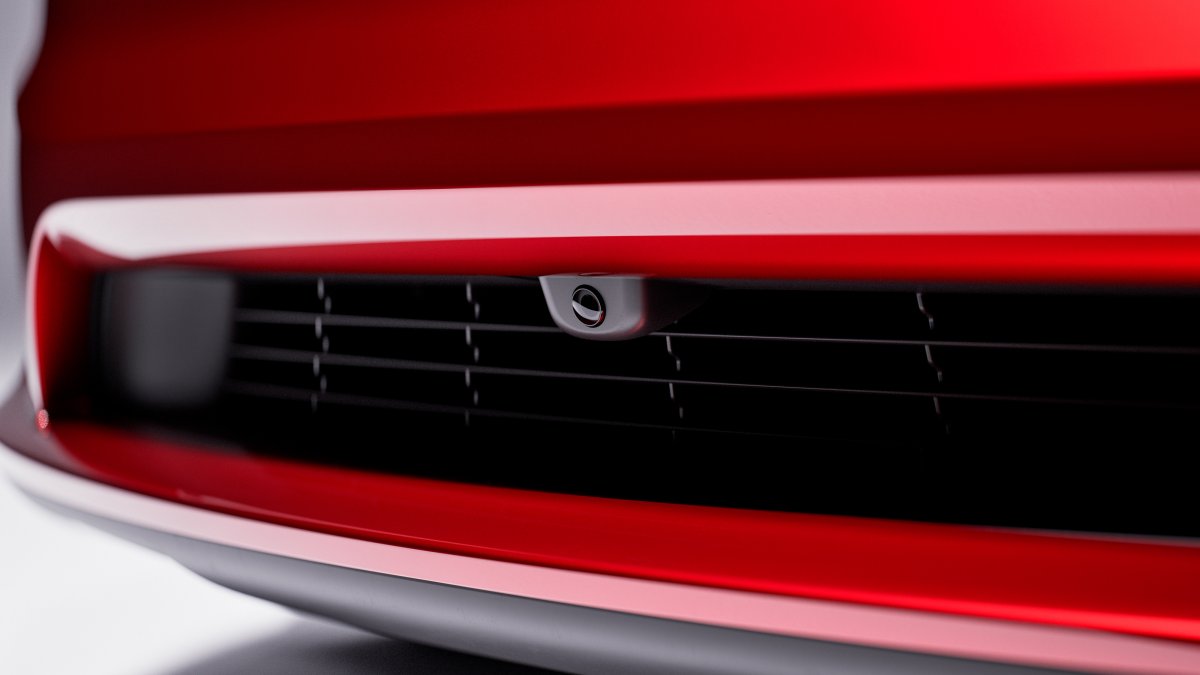


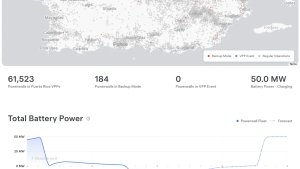
![Tesla Software Update 2025.26: Grok, Light Sync, Audio Presets and More [VIDEO]](https://www.notateslaapp.com/img/containers/article_images/tesla-update/light-sync-update.jpeg/e84ab2f1fe12f493a75927db105a9586/light-sync-update.jpg)
